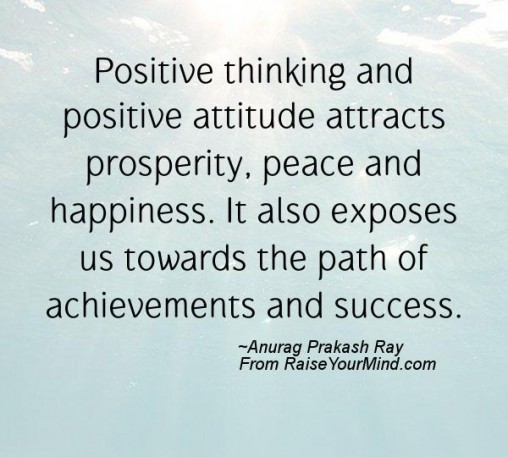The first impulse to emerge from the silence of the absolute, or the field of Pure Potentiality, was the sound “Ahum” which was transliterated into “AUM,” in the Vedas (ancient Hindu scriptures) but subsequently OM and HU were derived. But Hu and Om cannot be used together in the same Spiritual Exercise, when chanting Hu, Om have to be suspended but when chanting Om, Hu have to be suspended. The original sound was and is "Ahum".Even the Bible and modern science agree that the initial spark of creation came from sound or audible streams of vibration. The Gospel, according to John says, “In the beginning was the Word and the Word was with God and the Word was God … and the Word was made flesh.”If you substitute “Word” with “Sound,” it becomes, “In the beginning was the Sound and the Sound was God … and the Sound became manifest.”In modern science, they talk about the Big Bang Theory, again sound.It’s this original, primordial sound that diversified: “The One became many.”Each separate vibration evolved to reflect the whole in infinite disguises, giving rise to the world in which we live. Universes within universes, each vibrating at their own frequency, interacted with every other frequency to produce the variety of life. Every organ, tissue, and cell has its vibration which, when in harmony, creates the most wonderful symphony imaginable, the human body.If disharmony arises or a break in the unfolding of the vibration occurs, there develops a loss of wholeness leading to discomfort and disease.
Sound has been used since the beginning of history to create certain moods in the listener. Different sounds affect people in different ways. Fingernails scraping a blackboard elicit a very different reaction than a violin (unless it’s being played by a 6-year-old). Shamanic drumming can create a trance-like state, marching bands are used to fire up an army or sports team, and a mother’s lullaby soothes a troubled child. The different ragas of Indian classical music are attuned to different times of the day or different seasons to harmonize the listener with the rhythms of nature.With the right sounds, you can align yourself with the vibrations that foster health, happiness, and unity.
Nada Yoga
In the Vedic tradition, sound vibration is known as Nada. In the practice of Nada Yoga, sound is used not only to restore physical and mental well-being but also as a path to spiritual awakening. Nada Yoga divides sound into external sounds, Ahata, and internal sounds, Anahata.
External sounds are perceived through the ears and Nada Yoga can be as simple as listening to non-vocal music while gently focusing on the individual notes. You can listen to the different notes within the music of nature—birds singing, rain falling, or the wind through the trees. Or you can chant sacred mantras such as OM or AHUM (I am), with the focus on each individual letter. The aim is to allow awareness to move inwards.
Internal sounds are perceived through the Anahata (heart) chakra. Each human body has its own unique sound or vibration, which is sacred to that individual. By regulating the breath, with the attention turned inwards, and closing the ears with the fingers, you can begin to listen in on your own inner sound. Re-aligning with this sound serves to balance your energetic body and ultimately re-connect you with your divine presence. With practice, you can also learn to hear the vibration of the universe, a soft distant OM, sometimes referred to as the Cosmic Hum.
Through Nada Yoga, it is said that you can remove all impurities in the physiology. It starts with awakening the inner fire through the use of Bhramari Pranayama (humming bee breath).
Chant OM
- Take a deep breath in.
- As you exhale, chant the sound OM.
- When you run out of breath, breathe in and repeat the chant.
- Continue at your own pace for 2 to 3 minutes.
Chant A-U-M
- Take a deep breath in
- As you exhale, in the same breath chant Aaa-Uuu-Mmm
- Feel the “Aaa” sound in your belly, “Uuu” in your chest area, and “Mmm” in your head
- Breathe in again and continue at your own pace for 2-3 minutes
With beaming face chant the sweet name of God
Till in your heart the nectar overflows.
Drink of it ceaselessly and share it with all!
If ever your heart runs dry, parched by the flames
Of worldly desire, chant the sweet name of God,
And heavenly love will moisten your arid soul.




No comments:
Post a Comment